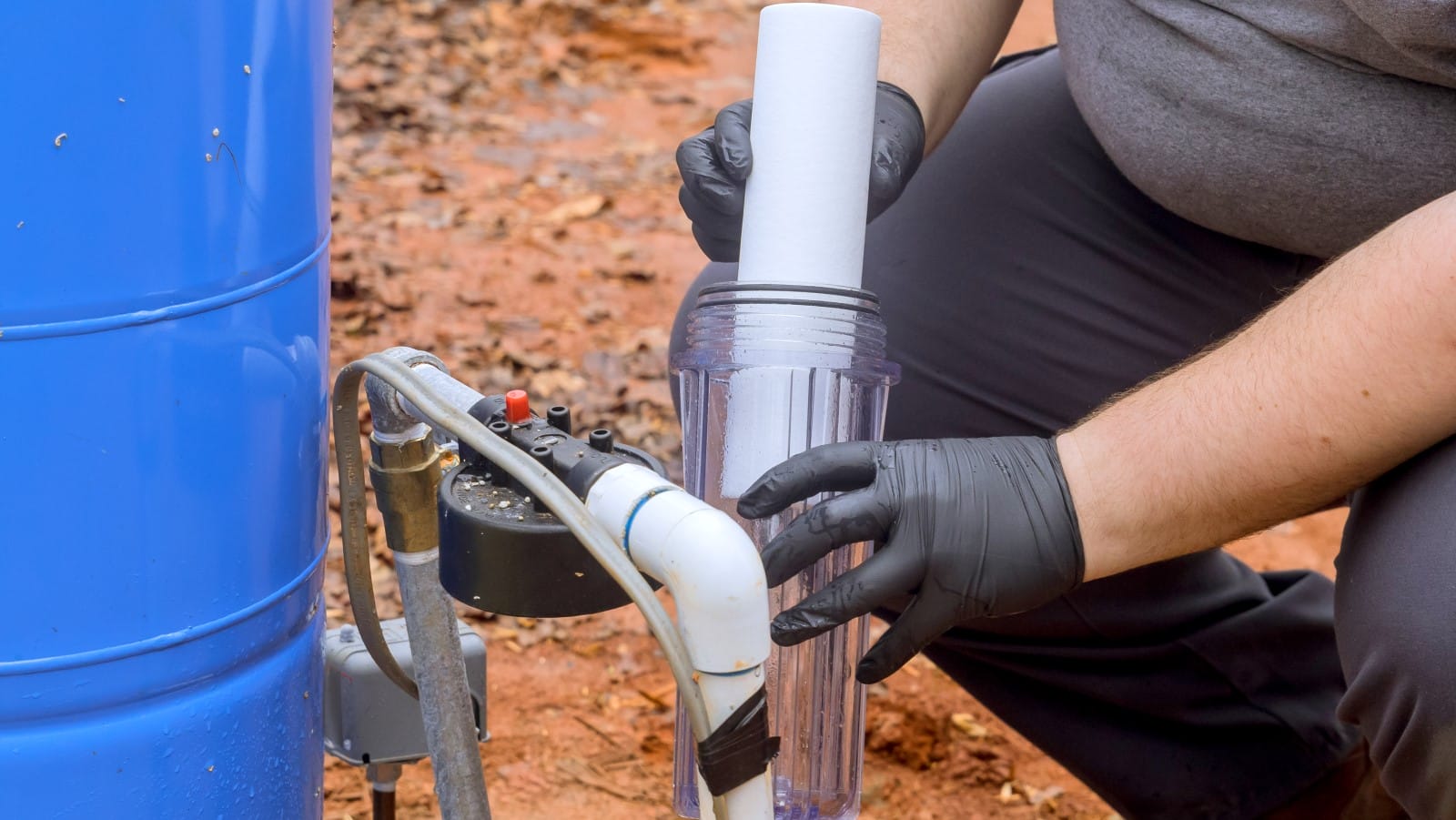Understanding the Problem: What Causes a Toilet to Run?
Running toilets are a common issue in Dallas, disrupting the peace of homes and inflating water bills. It’s crucial to promptly address this problem to prevent water wastage and unnecessary expenses.
A running toilet is typically caused by issues with the flapper, fill valve or overflow tube. These components control the water flow into the toilet tank and bowl. When they malfunction, your toilet keeps running, leading to constant water flow that can significantly increase your water bill.
The Impact of a Running Toilet: A Local Perspective on Water Conservation in Dallas
A running toilet might seem like a minor inconvenience, but it can significantly impact your wallet and the environment. In a city like Dallas, where water conservation is a pressing issue, understanding the implications of a running toilet is crucial.
Water Wastage and Financial Implications
A running toilet can waste up to 200 gallons of water per day. This not only leads to a significant increase in your water bill but also contributes to the unnecessary wastage of a precious resource. According to Dallas Water Utilities, the city has over 4,063 miles of sewer pipes that carry wastewater to treatment plants. When a toilet runs continuously, it adds to the volume of wastewater that needs to be treated, putting additional strain on these facilities.
Environmental Impact
The environmental implications of a running toilet extend beyond water wastage. The treated wastewater, known as effluent, is released directly into the Trinity River. If the sewer pipes are clogged or overburdened, the quality of this effluent can be compromised, potentially harming aquatic life, birds, plants, and even humans.
Local Challenges in Dallas
Dallas faces unique challenges when it comes to water conservation. The city is experiencing the effects of climate change, which brings more prolonged droughts. At the same time, increasing population pressures combine with increasing agricultural and industrial needs, creating more stress on our reservoirs. As reservoir levels drop, water quality is impacted because there are the same amount of pollutants in less water, so the concentration increases.
In addition to drought, Dallas is also experiencing more extreme seasonal flooding events, especially in the spring. These events place stress on the stormwater system, levee systems, roads, and other infrastructure, as well as emergency responders. They also threaten homes and businesses and cause damage to park lands.
Given these challenges, every effort to conserve water, including fixing running toilets, is vital. By addressing this issue promptly, you can contribute to water conservation efforts in Dallas and help ensure a sustainable water supply for the future.
Remember, if you’re unsure how to fix a running toilet or if the problem persists after you attempt to fix it, it’s best to turn off the water supply to the toilet and contact a professional like Intown Plumbing. They have the expertise to diagnose and fix the issue, preventing further water wastage and potential damage to your toilet’s internal mechanisms.
How to Identify a Running Toilet: Spotting the Signs and Taking Action
Identifying a running toilet is the first step toward fixing it. While the constant sound of water running is a clear sign, there are other, subtler indicators that your toilet is running. Here’s how to identify a running toilet and when to call a professional.
Listen for Running Water
The sound of water running is the most obvious sign of a running toilet. If you hear water flowing into the toilet bowl long after being flushed, your toilet is likely running. This sound might be a constant trickle or an intermittent filling sound.
Check the Water Level in the Toilet Bowl
Another way to identify a running toilet is to check the water level in the toilet bowl. If the water level is higher than usual or fluctuating without being flushed, your toilet might be running.
Perform the Dye Test
The dye test is a simple and effective way to identify a running toilet. To perform this test, add a few drops of food coloring to the toilet tank and wait for about 15 to 20 minutes without flushing. If the color appears in the toilet bowl, water is leaking from the tank into the bowl, indicating a running toilet.
Inspect the Toilet Tank Components
If you’re comfortable doing so, you can also inspect the components inside the toilet tank. Remove the tank lid and check the fill valve, flapper, overflow tube, and float. If the flapper is not sealing properly or the fill valve is continuously running, these could be causing your toilet to run. Also, check the water level in the tank. If it spills into the overflow tube, the float must be adjusted.
When to Call a Professional?
While some running toilet issues can be fixed with a simple DIY repair, others require professional attention. If your toilet continues to run after replacing the flapper or fill valve, or if you’re uncomfortable performing these repairs yourself, it’s time to call a professional.
In Dallas, Intown Plumbing is a trusted provider of plumbing services. Their expert plumbers have the knowledge and tools to diagnose and fix running toilets, ensuring they function correctly and efficiently. By addressing running toilet issues promptly, you can conserve water, save on your water bill, and prevent further damage to your toilet’s internal mechanisms.
Professional Solutions for a Running Toilet
In Dallas, where the city’s infrastructure can sometimes be strained due to population growth and environmental factors, running toilets can be a common issue. Professional plumbers, like those at Intown Plumbing, are well-versed in the unique challenges that Dallas residents face regarding their plumbing systems.
- Overflow Tube Issues: The overflow tube is designed to prevent the toilet tank from overflowing. If the water level inside the toilet tank is too high, causing it to run into the overflow tube, it may need to be lowered. This can be achieved by adjusting the float rod or float cup. If the overflow tube is too short, the entire flush valve may need to be replaced. In Dallas, where water conservation is a priority, ensuring that your overflow tube is functioning correctly is crucial.
- Flush Valve Problems: The flush valve releases the water inside the tank when the toilet is flushed. If the chain is too short, it won’t allow the flapper to close properly, causing the toilet to keep running. If the chain is too long, it may get trapped underneath the flapper, causing it to leak. The chain length should be just right to allow the flapper to fully close and open without much extra chain. If the water from the tank continues seeping into the toilet bowl or the overflow tube is too short, the flush valve must be replaced.
- Fill Valve Faults: The fill valve controls the flow of water into the tank from the main water supply. A broken valve may continue running non-stop or turn on and off inconsistently. The excess water flows into the overflow tube, preventing the tank from overflowing, but the toilet will keep running. Replacing the fill valve isn’t as complicated as replacing the flush valve, though you will still need a set of channel locks and a cloth, towel, or sponge.
Professional plumbers in Dallas, like those at Intown Plumbing, are equipped with the necessary tools and expertise to handle these issues efficiently. They can replace the old fill valve, adjust the float rod or float cup, replace the flush valve, and ensure the overflow tube is at the correct height. They can also advise how to maintain your toilet to prevent future issues.
Remember, a running toilet can waste hundreds of gallons of water, leading to high water bills and unnecessary water waste. This is particularly important in Dallas, where water conservation efforts are a priority. Therefore, it’s crucial to address this issue promptly and effectively. If you’re unsure about any part of the process, it’s always best to call a professional to ensure the job is done correctly and safely.
Conclusion on Running Toilets in Dallas
Running toilets are a prevalent issue in Dallas, mainly due to the city’s aging infrastructure. This problem can lead to significant water wastage and increased utility bills, making it a matter of economic and environmental concern. With its local expertise and understanding of Dallas-specific plumbing issues, Intown Plumbing is well-equipped to address this problem and provide tailored solutions.
Addressing a running toilet promptly is crucial for every Dallas homeowner. Whether you’re dealing with a minor issue like a faulty flapper or a major one like a malfunctioning fill valve assembly, professional help is often necessary. Intown Plumbing can assist with everything from identifying the problem to replacing old parts, such as the flush valve, water supply line, or even the old toilet itself.
Fixing a running toilet involves several steps, including turning off the water supply, draining the water from the tank, and installing new parts. For instance, if the issue lies with the fill valve, the old valve would need to be removed and a new one installed. This process involves adjusting the height of the new fill valve, attaching it to the fill tube, and turning the water supply back on.
If the problem is with the flapper, the old flapper would need to be removed and a new one installed. This involves attaching the new flapper to the bottom of the tank, ensuring it creates a proper seal to prevent water from continuously running into the toilet bowl.
In conclusion, running toilets are a common issue in Dallas that can lead to significant water wastage and increased utility bills. However, these issues can be promptly addressed with professional help from companies like Intown Plumbing. Remember, a running toilet isn’t just a minor annoyance — it’s a problem that needs immediate attention. Don’t let a running toilet run up your water bill — contact a professional today for expert advice and service.





